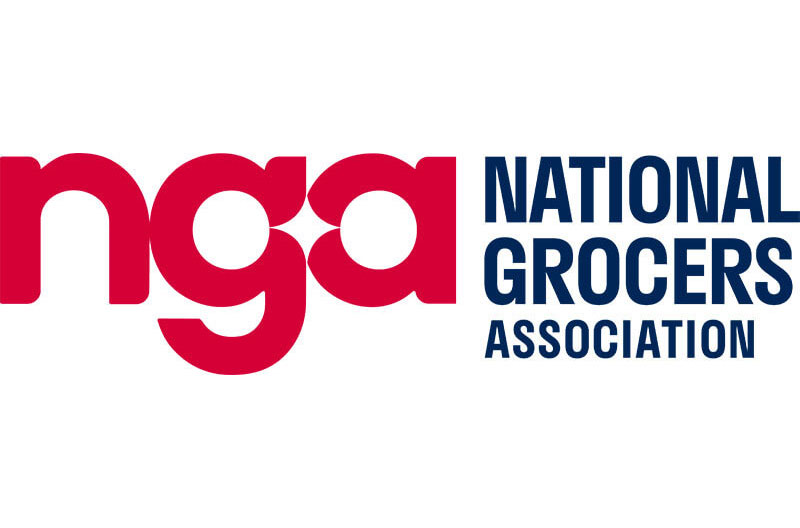The Federal Trade Commission and Department of Justice has released a much-anticipated proposed update to merger enforcement guidelines that marks a significant shift to incorporate concerns the NGA has raised with federal enforcers.
The proposed draft rewrites merger enforcement standards to include new considerations for those that enhance buyer power. Specifically, one of the 13 proposed guidelines addresses buyer power (i.e. monopsony power) where a merger of competing buyers lessens competition for other sellers.
In comments submitted to the FTC and DOJ in April 2021, the National Grocers Association urged the agencies to consider how dominant firms use their bargaining leverage to impose discriminatory terms on rivals. NGA outlined how dominant food retailers enjoy a substantial advantage with their ability to squeeze grocery suppliers for more favorable terms, including through price, promotions, payment terms and product availability.
NGA also shared a TV commercial on April 3 to shine a spotlight on unfair, discriminatory tactics of dominant food retailers against independent grocers.
The proposed guidelines issued July 19 strongly consider how buyer power impacts competition among rival firms, which is a stark contrast to the current rules that largely ignore how buyer power abuses impact competition.
“NGA is pleased to see federal antitrust enforcers take seriously the competitive concerns that arise when dominant firms abuse their buyer power to impose discriminatory terms on their rivals,” said Chris Jones, SVP of government relations and counsel.
“NGA and its members have consistently warned federal antitrust officials about how U.S. consumers are worse off due to buyer power abuses in an increasingly consolidated grocery sector. This problem has been laid bare by pandemic-era supply chain disruptions and increasing food price inflation where independent grocers have been put at critical disadvantage relative to their dominant competitors, especially those who serve rural and urban communities.”
According to Food and Water Watch, four national grocery retailers account for 69 percent of all U.S. grocery sales. Two of the top four retailers – Kroger and Albertsons – have submitted plans to merge by early 2024.
NGA is still reviewing the full impact of the proposed merger guidelines on the independent supermarket sector, and will provide comments to the updated draft guidelines ahead of the deadline, which closes in 60 days.

